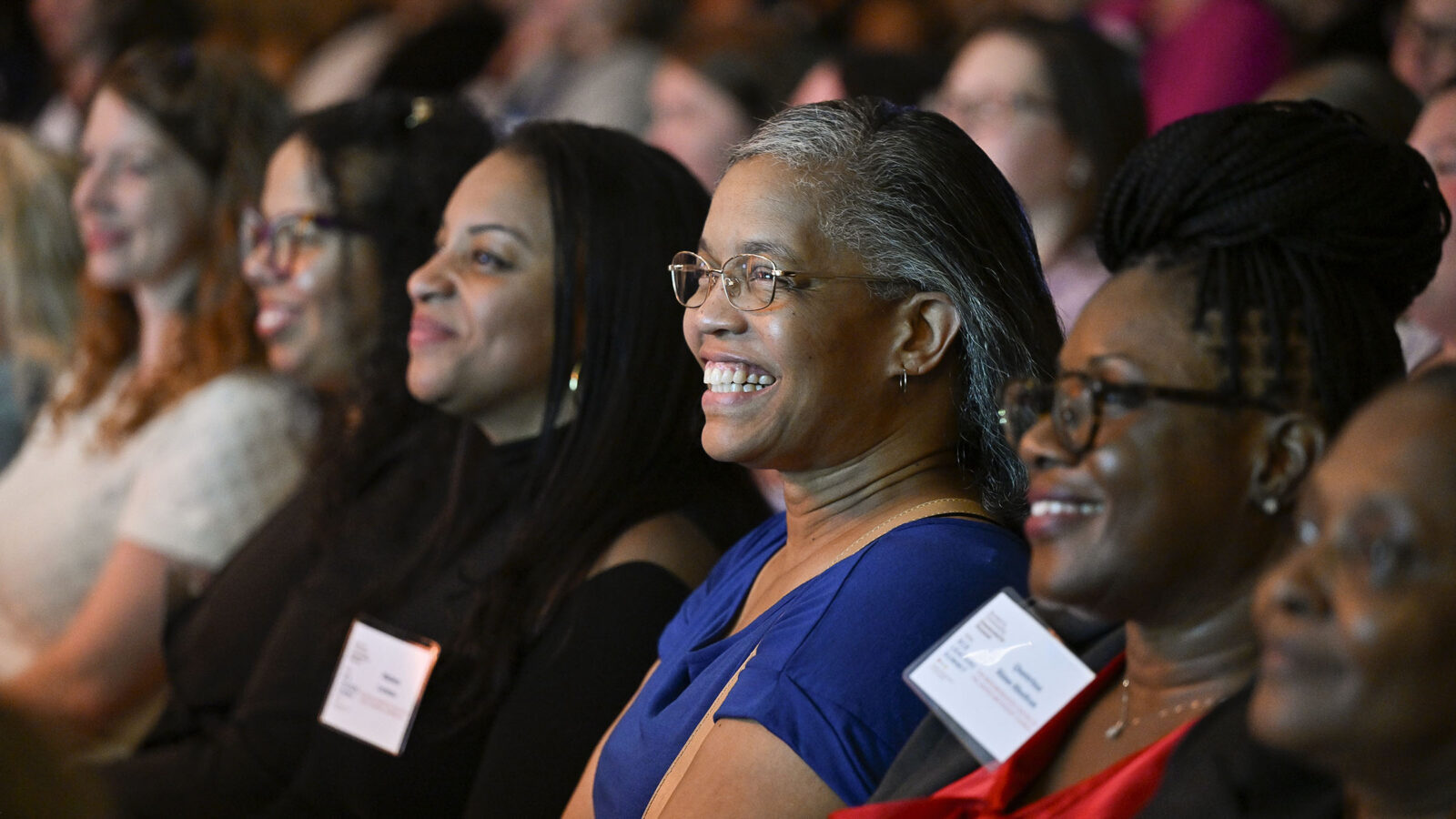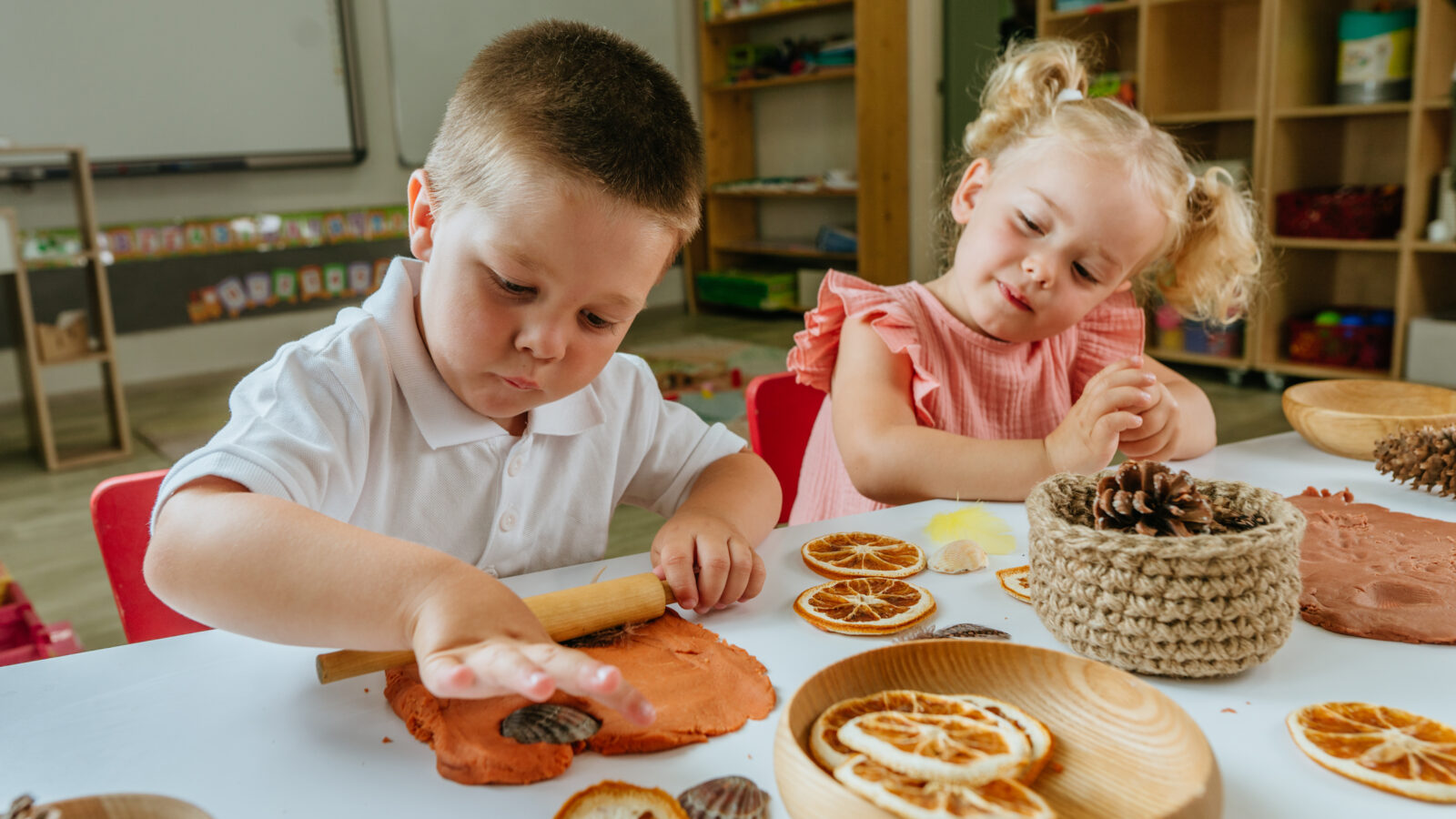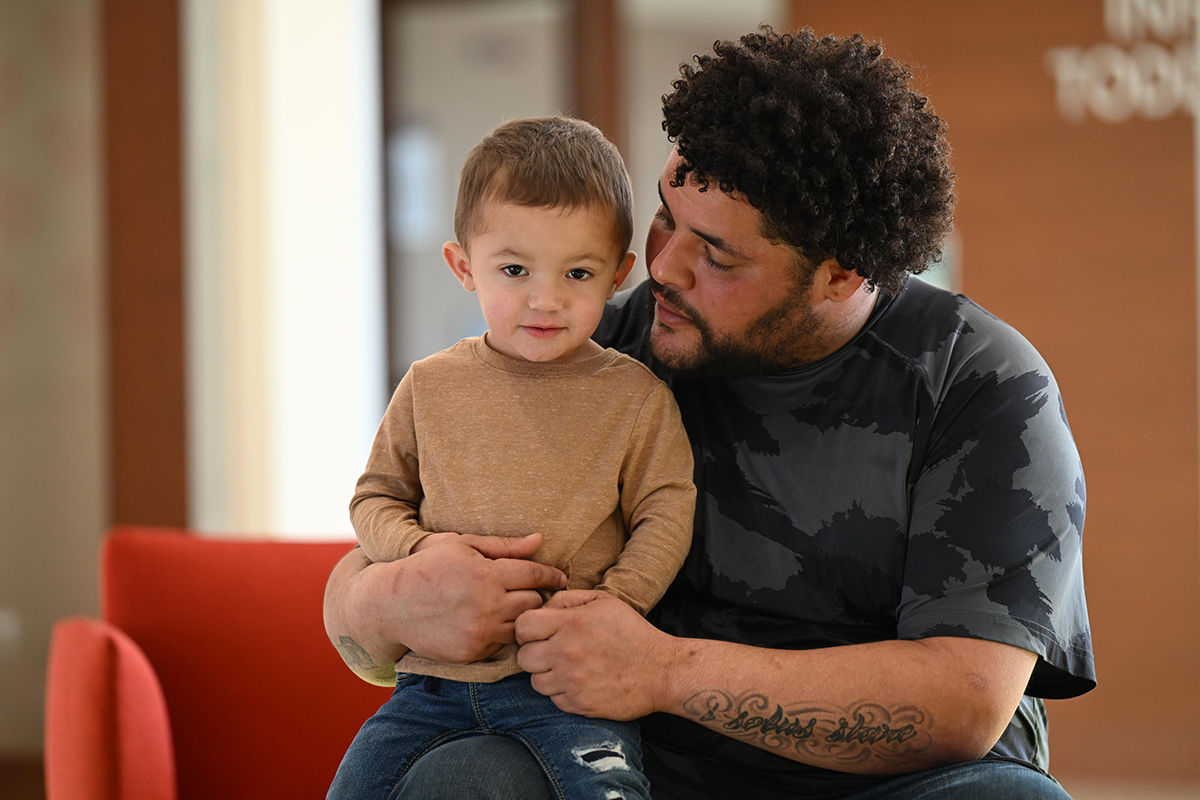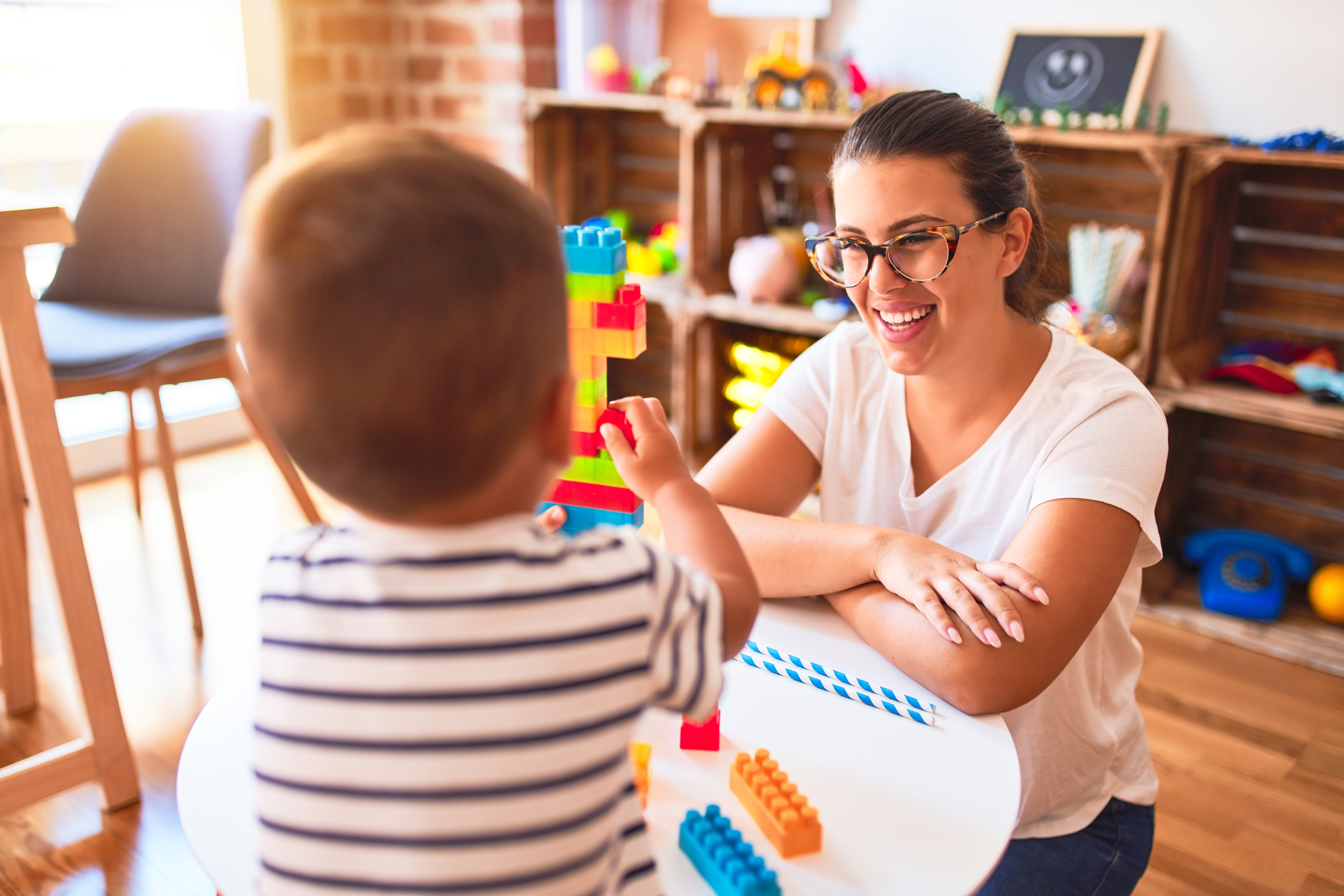Early Literacy and Libraries
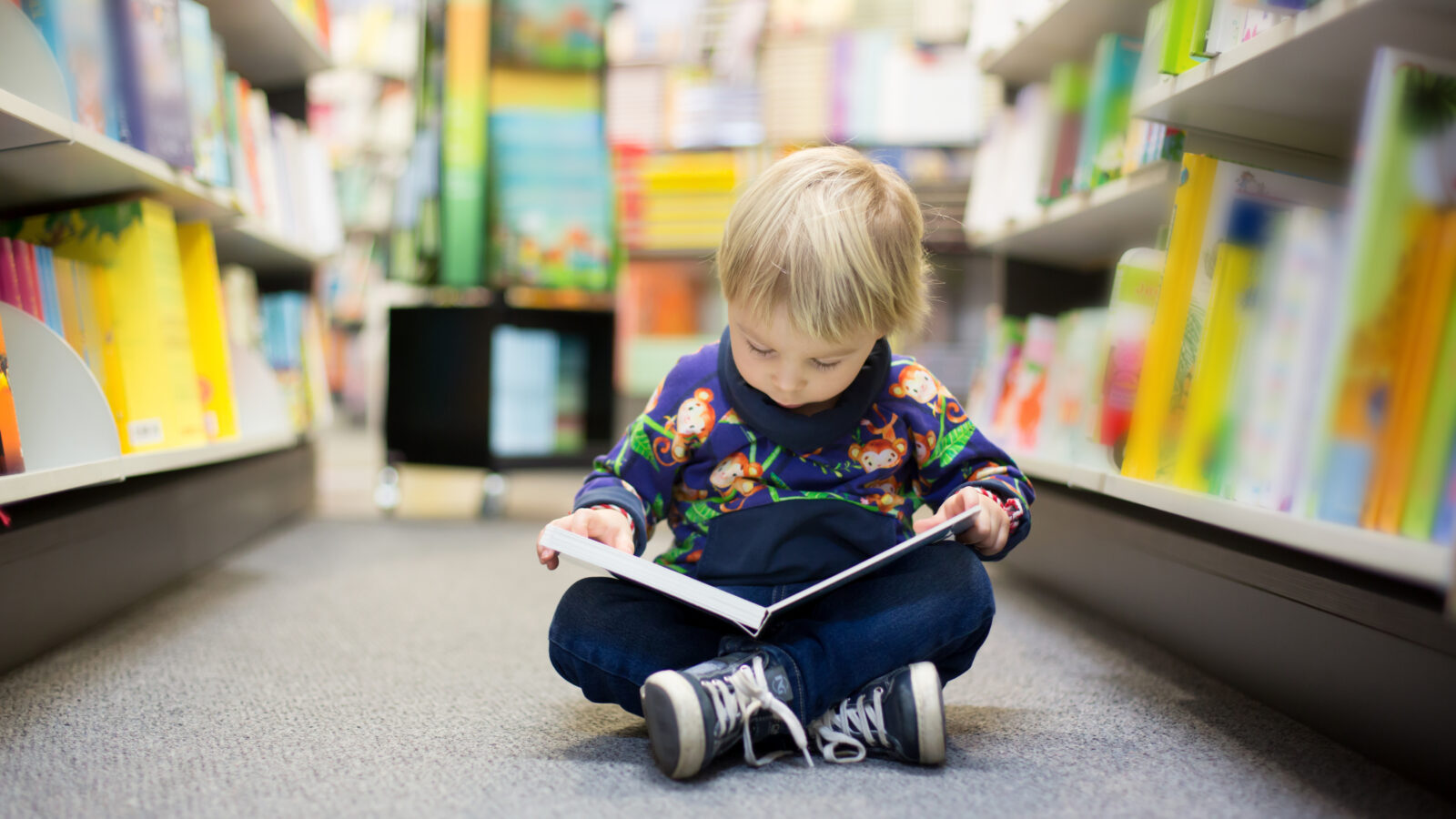
Even before children start their formal educational journey at early learning centers, they have taken their first steps toward learning to read and write. Literacy doesn’t begin at kindergarten or preschool. When babies respond to adults talking to them or pointing to pictures in books, they are laying the foundation for literacy.
In the first few years of life, more than one million new neural connections are formed every second. Reading aloud to children provides them with background knowledge of their new world, which helps them make sense of what they see, hear, and read.
A joint position statement of the International Reading Association and the National Association for the Education of Young Children makes it clear. “It is the talk that surrounds the reading that gives it power, helping children to bridge what is in the story and their own lives,” rather than just the vocalization of the words.
However, not all children grow up in a literacy-rich environment or have families who read to them regularly. Some families or caregivers do not have the literacy skills themselves or the financial resources to purchase books or provide children with literacy-based activities.
That’s where public libraries come in.
Public libraries exist in urban, suburban, and rural neighborhoods, and they often have a long history in their community. A 2022 survey from the Public Library Association showed libraries are a cornerstone of civic and social infrastructure that supports strong communities. The majority of libraries (68%) offer election services, such as voter registration, ballot drop-off, or serving as a polling place. Almost all libraries (99%) have summer reading programs for children, teens, and/ or adults, which support learning outside of school.
Taking babies and toddlers to ‘story time’ at the local public library is a great, and usually cost-free, introduction to libraries and to early learning. Babies and toddlers learn basic skills like sitting still, raising their hands, and sharing – while families can learn tips from the story time professional. In this way, it can be children’s first exposure to ‘school routine’ and to the joy that reading can bring. Public libraries have dedicated baby and toddler-friendly spaces where families don’t need to worry about their children being disruptive or disturbing other library users.
There are also efforts to bring libraries into homes. For example, Dolly Parton’s Imagination Library, which was recently expanded to Dauphin and Perry Counties in Pennsylvania, gifts books free of charge to children birth to age 5. The program mails new, carefully selected books to the homes of children from birth to age five upon registration.
Beyond Books
For families, libraries give them the opportunity to get out of the house and make connections with other people and form deeper bonds in their community. Libraries are community hubs. They connect people to information and connect people to people.
As well as access to free books, some offer toy libraries, either free, or for a low subscription cost. This means families with limited funds or limited space can gain access to a rotating inventory of engaging, developmentally appropriate toys.
Library events such as LEGO building, movie nights, or animal encounters can enrich children’s lives and provide experiences that may otherwise be unaffordable or inaccessible for families.
It’s more than just making libraries more welcoming for families. Libraries are also now making much deeper efforts to enhance and promote their early literacy training. For some communities, they are the lead agencies for early literacy services and training for young children.
In the survey conducted among Urban Libraries Council members, over 90% of responding libraries identified their library as providing special programming in the area of early literacy. Of these, 92% had enhanced their collections with materials specifically related to early literacy promotion.
Many offer homework help and free tutoring for older children. According to the American Library Association, “Library infrastructure advances communities, providing internet and technology access, literacy skills, and support for businesses, job seekers, and entrepreneurs.”
The results can be astounding. For example, in the primarily Hispanic and Latinx community served by the Oceano branch of San Luis Obispo Public Libraries, in California, families participated in the Raising a Reader program offered through the library. After just three months, participating parents reported an increase in time spent reading to their children from 59 percent to 85 percent, as well as an increase in library usage from 38 percent to 69 percent.
As an early learning professional, enhancing your relationship with your local library (and encouraging the families of the children you serve to do the same) will create a lifelong love affair with libraries.

